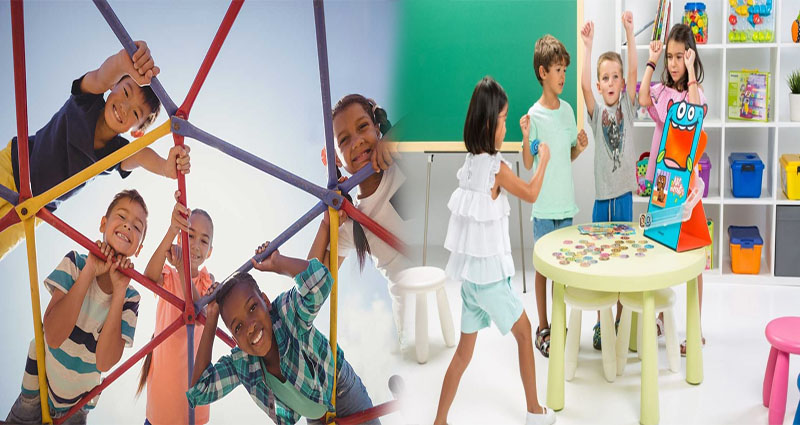The process of gamification is a way of weaving game elements into lessons. It increases student motivation and encourages students to take risks and learn from mistakes. Open-ended games require kids to use critical thinking skills and develop social skills. In addition, open-ended games develop 21st-century skills.
Interactive games help children develop social skills
The Educations game helps children develop social skills through its gamification and social problem-solving aspects. The game encourages children to think about what matters and what they can do differently if they want to have a positive impact. To play, children must roll a die and choose situation cards for different spots on a game board. They then act out the scenarios to practice social skills.
The game can be played alone or in groups. One-on-one or in small groups, it teaches children to follow directions and to listen to one another. Children can practice multiple directions at the same time, so it is useful for children with attention problems. They can also repeat directions back to themselves or to adults. Using teamwork and organization to reach the prize will also help them develop social skills. The game can be extended to a larger area and involve more detail.
Educational games are not only fun but also help children develop their language, motor skills, and social skills. The development of these skills in young children is best facilitated through play, which allows them to explore, discover, and take risks. They will also learn how to communicate with others and improve their social skills by using social cues, sharing ideas, and taking turns.
Open-ended games require children to think quickly
Children learn by playing games that require them to think fast and critically. In an Educations game, children assume the role of a protagonist who has to solve problems. The challenges children face are realistic, and they learn by experimenting and revising their solutions. Although the research is preliminary, the game is proving to be a successful way to teach children. It teaches students to apply what they’ve learned in a real-world situation.
One of the most interesting benefits of Educations game is that it allows students to work on several subjects at the same time. Students can also work on multiple subjects at the same time, while solving problems. They can work on different subjects at the same time, and they can also play multiple games at the same time.
Educational games develop 21st-century skills
It is vital for today’s students to acquire 21st century skills. A lot of these skills are not necessarily taught in traditional classrooms. For instance, 21st century skills include critical thinking, literacy, numeracy, creativity, and ethics. These skills should be taught to children in a way that will make them more capable of facing the challenges of the future.
Gamification is a powerful technique for addressing this problem. Gamification encourages students to learn by putting them in situations that require them to apply scientific concepts or learn new skills. For example, the educational game Time to Climb puts students in a situation where they need to solve problems quickly and accurately to gain points.
Games that teach kids content are becoming more common. Some examples include teaching civics through Minecraft in the elementary classroom, or integrating World of Warcraft with language arts standards. These are just a few examples of the many ways educators are using games to teach 21st-century skills to students. However, educators should be careful in implementing these new technologies in schools, and must consider how to pair these tools with reform.












